City contours Heidelberg
A City of Literature, Culture, and Contrast
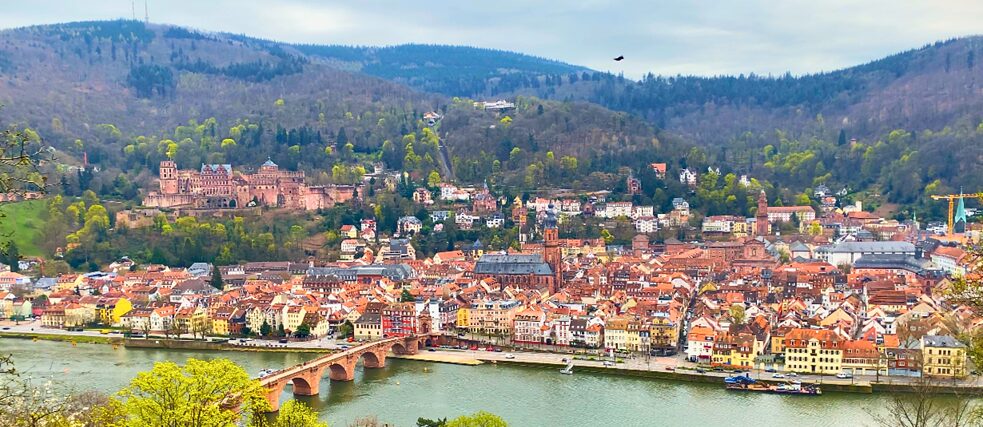
A city of just 160,000 inhabitants—a fourth of which are students—drawing in close to 14 million visitors annually is a clear indicator that Heidelberg isn’t just another university town. Located along the Neckar River in the north of the south German state of Baden-Württemberg, Heidelberg is blessed with an enticing combination of old-world charm, a young population, cutting-edge research, and stunning natural beauty.
By Nimish Sawant
Heidelberg boasts the tag of UNESCO’s ‘City of Literature’ thanks to its importance in the proliferation of romanticism. But let’s begin with the one thing that can never be detached from Heidelberg – its university!
The 637-year-old University
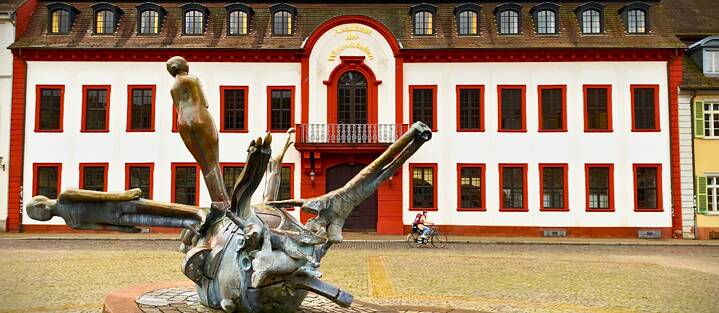
Visiting the University Museum is a great way to understand how the university and the city of Heidelberg have evolved since the 14th century. As with most university towns, Heidelberg is dotted with large buildings on both sides of the river Neckar, that belong to specific departments of its multidisciplinary University. One thing that shouldn’t be missed is the erstwhile Student’s jail called the Studenten Karzer (1780-1914), where University students would be “jailed” for minor offences such as loud singing in public, drunkenness, illegal fencing and more. Students could be locked up from 24 hours to 4 weeks. It is filled with graffiti and artwork by the arrested students and is a complete departure from other prim and proper touristy places in the city.
Heidelberg Castle ruins
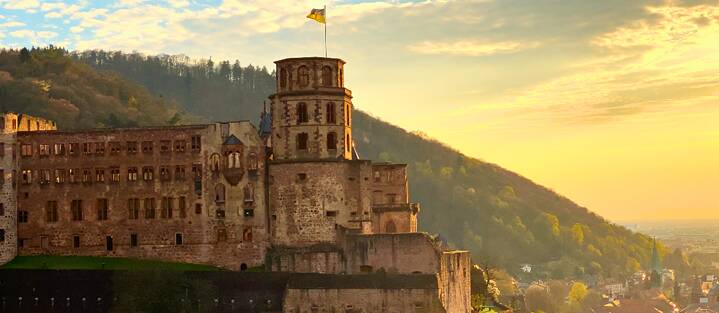
When you visit Heidelberg, the castle ruins atop the Odenwald mountain, look over the city like a guardian angel. The Gothic and Renaissance castle ruins have nothing to do with the Second World War, as Heidelberg was a city that was surprisingly left undamaged by the Allied forces. The ruins date back to the 17th century when the French troops invaded the Elector of Palatinate, who resided in the castle, and over the Nine-Years War (1688 to 1697), systematically destroyed the castle. Later, natural calamities like lightning strikes destroyed other parts of the complex. The ruined castle became a hotspot for Romantics of the 18th and 19th centuries who flocked to this town. Now, it’s easily the largest tourist draw of Heidelberg. A fascinating thing one encounters inside the castle is the Heidelberg Tun, the world’s largest wine barrel at 7 metres that could hold a whopping 220,000 litres of wine at its peak. After a tiring day exploring Heidelberg, it’s worth your time to just park yourself on one of the benches in the castle courtyard to witness a beautiful sunset.
Europe’s longest pedestrian street
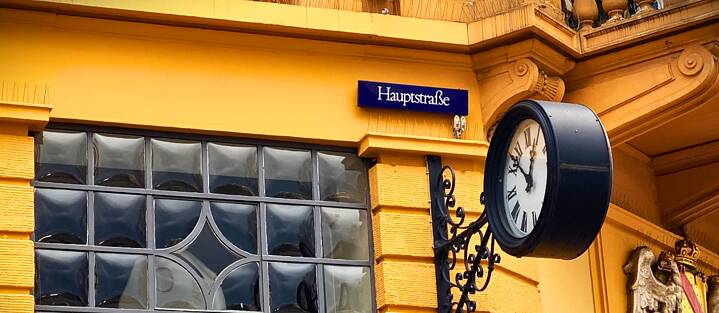
Hiking Paths around Heidelberg
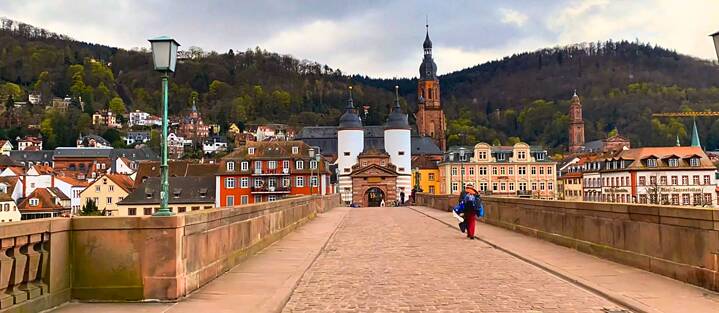
About the artist
Anand Deshpande (b. 1988, Pune) is a Data Scientist living in Heidelberg. Anand works at the Universitäts-Frauenklinik in Tübingen. He is a member of Ramanbaug Yuva Manch Germany e.V., which organises Dhol-Tasha performances alongside other intercultural activities across Germany. Dhol-Tasha is a form of Marathi folk percussion ensemble. Through the Ramanbaug Yuva Manch, Anand has played at major events celebrated among the Indian community in Germany, such as Independence Day, Ganesh Chaturthi, Karneval der Kulturen Berlin, and more. Anand also plans to popularise Dhol Tasha in Germany via workshops and training sessions.